What is the best month to travel to Ketambe? Which time of year offers ideal conditions for spotting wild orangutans? When is rainy season in Sumatra? These are some of the most common questions we get asked by people when planning a trip to Ketambe. Considering you'll be spending days on end outside submitting yourself to the elements of the jungle, and want to maximise your chances of finding wildlife, these are valid concerns.
The short answer? There are no longer clearly defined seasons or predictable weather in Ketambe, but fortunately it's still possible to trek and spot orangutans year-round.
But I know you want the long answer!
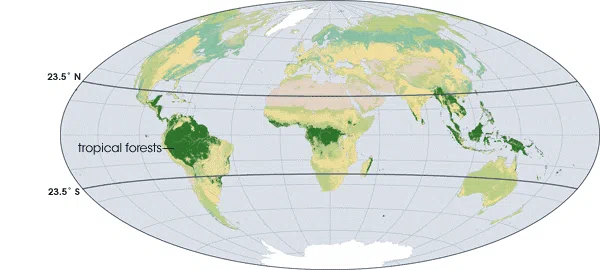
Ketambe is located in a long valley between 2 mountain ranges, surrounded by tropical rainforest. This creates a unique microclimate that doesn't always align with other Sumatran seasonal weather predictions. The climate falls under the Koppen climate classification "Af". Here in Ketambe we have very little change in the weather month to month and rainfall can be expected most days, year round. Essentially, all months have an average precipitation value of at least 60 mm, usually more. Luckily for us, this usually comes in a heavy downpour lasting only an hour or two in the late afternoon and evenings. The middle of the day is generally bright and sunny. Long, dreary days of sprinkling rain are quite rare and a morning that looks like it promises grey skies can clear up in less than an hour.
What we have noticed over the previous few years is a slight breakout from the day to day weather pattern. Both July and January, sometimes even August, can present us with 2-3 weeks of no rain at all. The closest we get to a "dry season". Then late September until early December often brings cooler weather. I love this time of year, with slow moving clouds that hang low on the mountains and gentler rain during the day.
There are pros and cons to every type of weather here. A cool and rainy day makes for easier trekking for those accustomed to a northern hemisphere climate. There's usually fewer travellers in the jungle so it feels extra peaceful and you may have the hot springs all to yourself. And the rain can be a welcome respite from the hot and humid day. But it can be slippery on the trails and leeches are more abundant on the muddy paths. Plus, lots of rain can make the animals want to hide away.
On the contrary, bright and sunny days bring beautiful early morning and afternoon light in the jungle. Animals are often more active and the rivers run clear and blue. Trails are easier to navigate and you can maximise your trekking time. The months of July and August are high season here due to European summer holidays, so it can be busier at the camps and a prudent idea to book ahead.
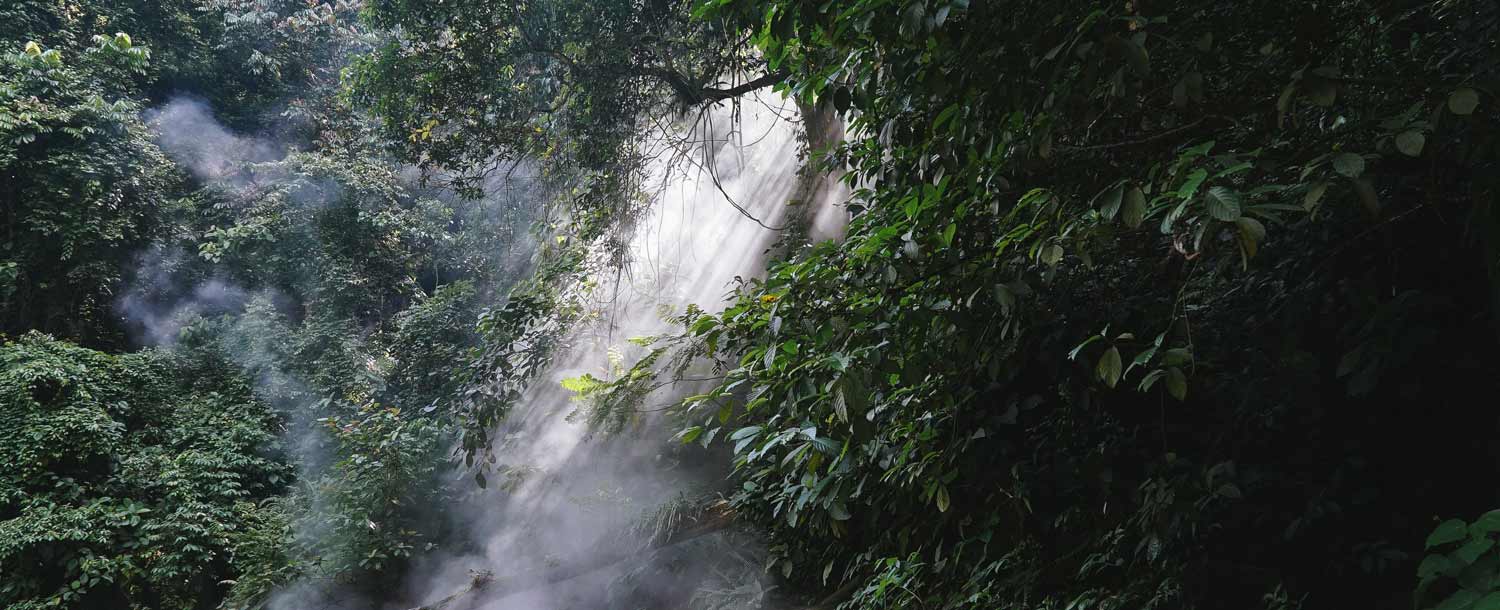
The other consideration is which months are trees typically fruiting in the local Ketambe jungle, enticing orangutans to those particular trees? Now I can confidently answer that there is no pattern whatsoever! In previous years we have told people that April is ideal, but this April has been particularly difficult to find fruiting trees and the orangutans have ventured further afield in search of food.
My best advice is to ignore the weather forecast for "Ketambe" (the weather beacon is actually located a long distance from where you'd be trekking so is unreliable anyway). At a glance it will look like you're destined for gloomy, rain-filled days year round. Instead, the best way to increase your chances of finding orangutans in the wild is to allow at least 3 days for trekking. Then, if there are one or two unusually rainy days during your time here, you should still have good chances of spotting wild orangutans.
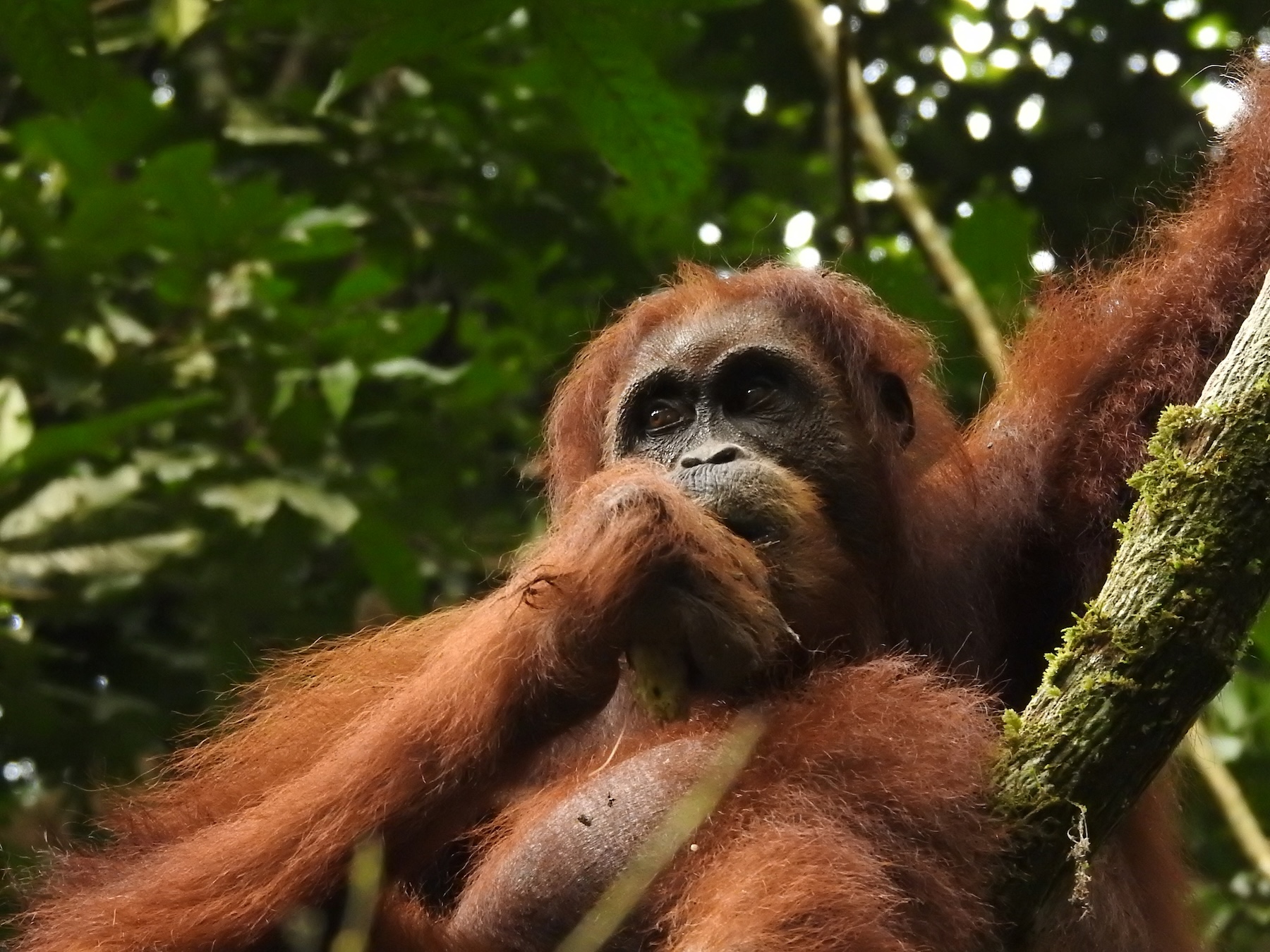
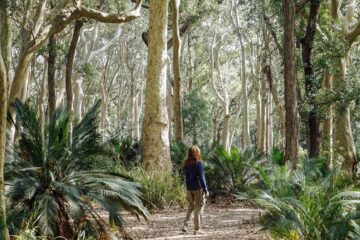
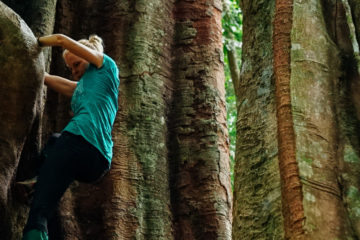
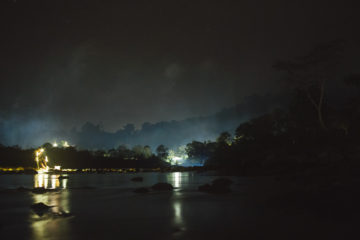
0 Comments